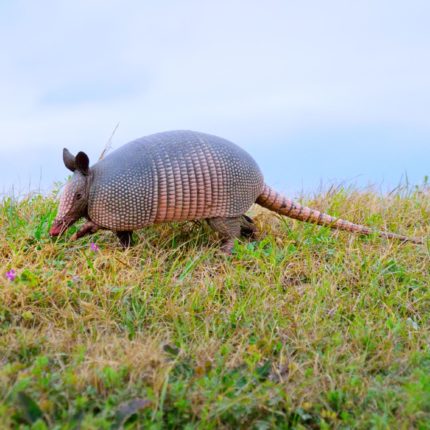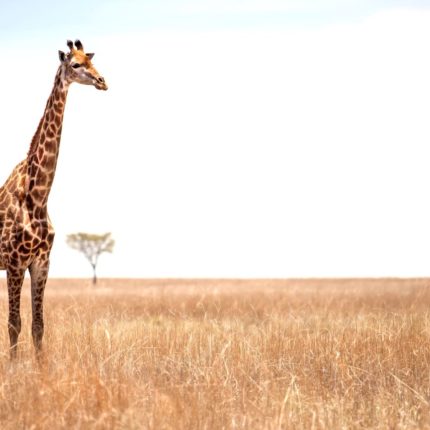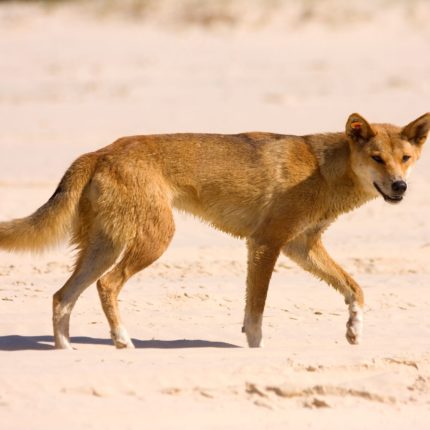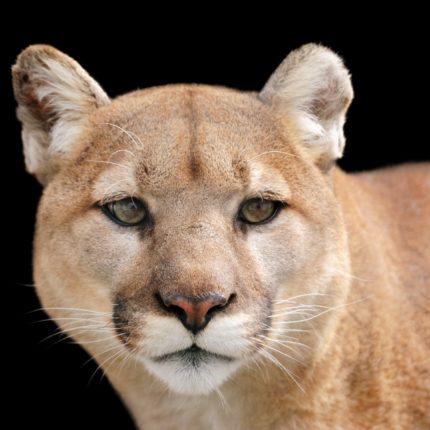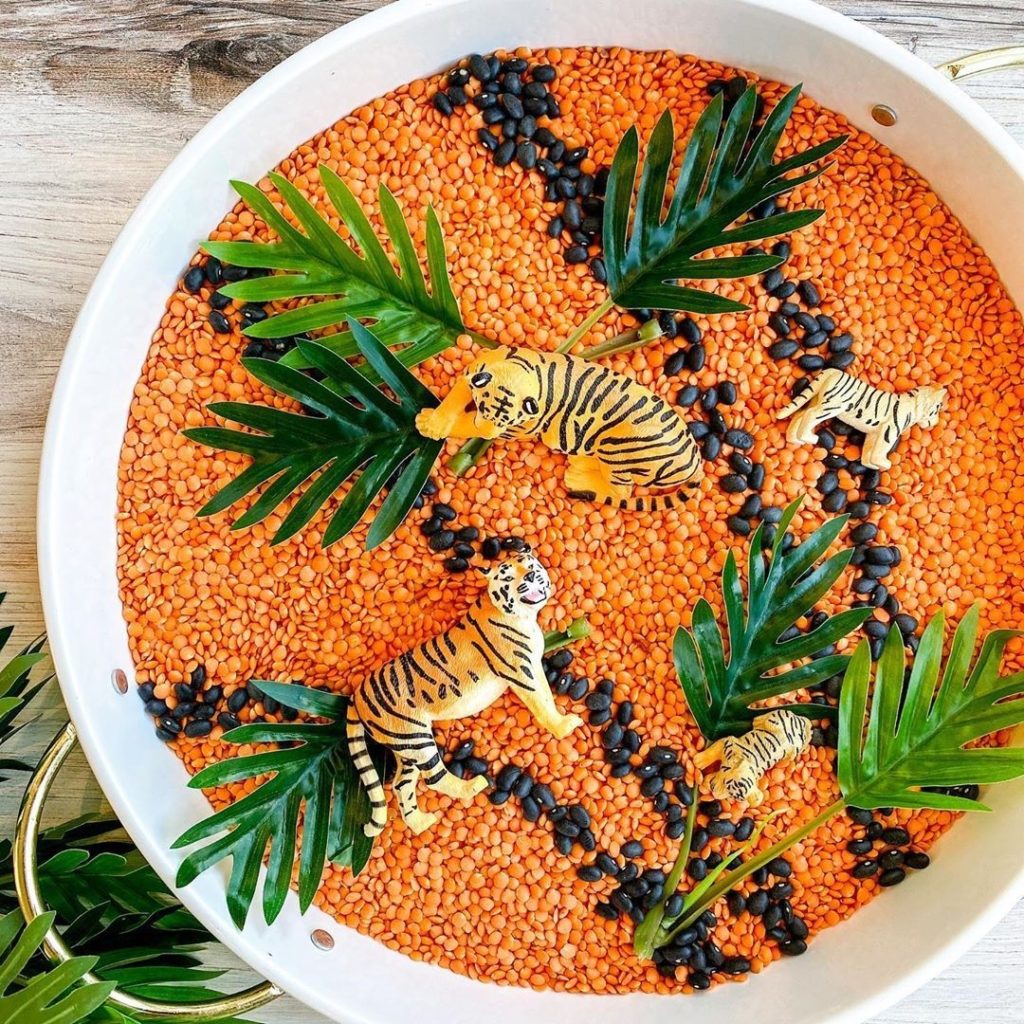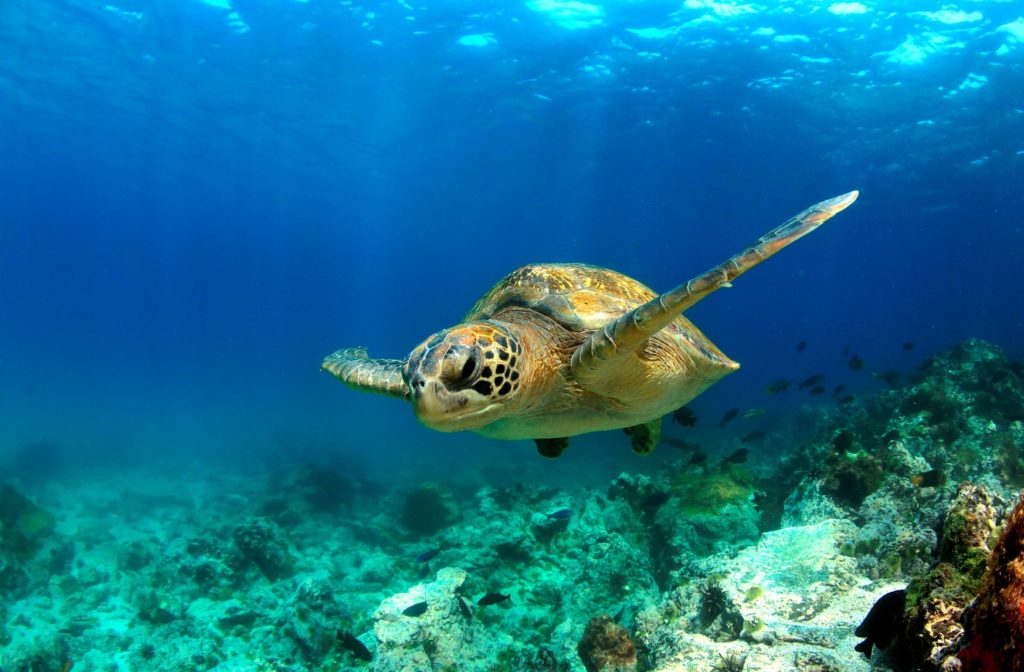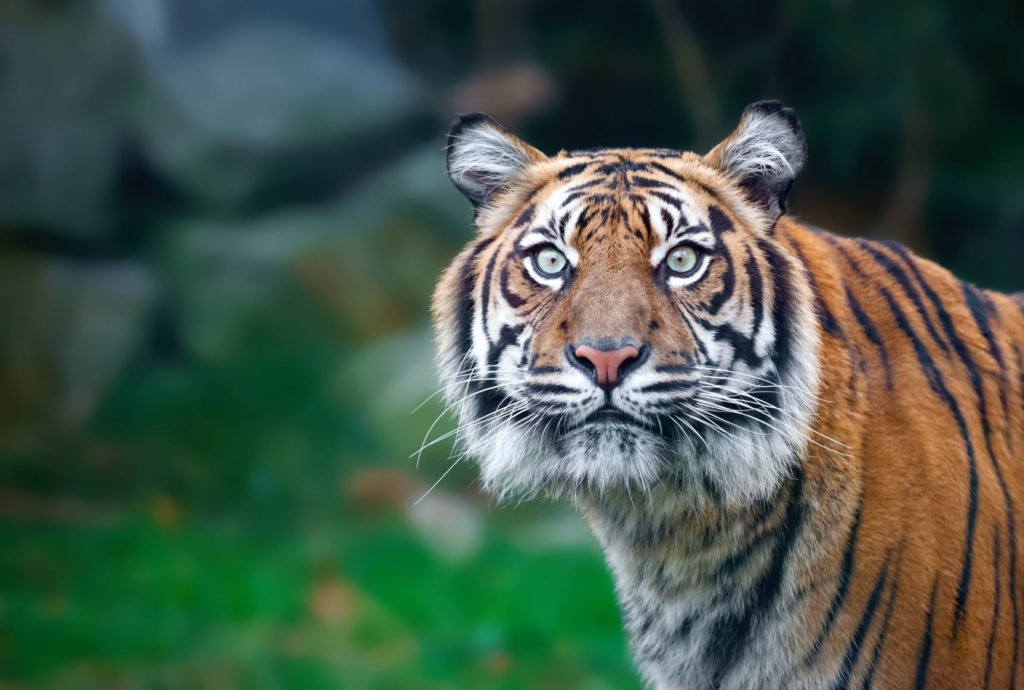Exploring our Planet: Part 1: The Desert
In celebration of Earth Day 2021, let’s take a closer look at what makes our planet truly spectacular! Unique eco-systems are home to equally unique animals. It is our responsibility to do our part to keep our planet safe and healthy so all species can survive. Learning about the planet is a great first step in understanding how we are all connected. In this three-part series we will look at the desert, rainforest and ocean and some animals that call these ecosystems home. Come along for the journey – you are sure to be surprised and delighted discovering these creatures!
What is the desert?
What comes to mind when you think of the desert? Sand? Cacti? Both those things are right on track. The desert is a barren area of landscape where there is little rain and moisture and, consequently, living conditions are challenging for both plant and animal life. About one-third of the land surface of the world is arid or semi-arid, which means too dry to support vegetation. This includes much of the polar regions as well and why they are sometimes referred to as polar deserts or “cold deserts”. Even in this extreme climate many animals still thrive! Let’s look at a few animals found in the desert.
Armadillo
Armadillos are one animal you will find in the desert. They live almost exclusively in Latin America. In Spanish, Armadillo means “little armored one.” This small mammal, which is about the size of a dog, has a special exterior shell. Fun fact! Armadillos are most closely related to sloths! These intriguing animals vary in size and appearance with colors ranging from pink to brown and sizes from 6″ to over 5 feet. They love the warm climate and live underground – sleeping 16 hours a day! You are most likely to spot them in the morning, when they come out in search of a tasty meal of insects. They’re unlikely to spot you as they have poor eyesight and will probably smell you first. Don’t feel self-conscious and run for a bath! Armadillos navigate the world mostly through their incredible sense of smell.
Giraffe
Look up! Look waaaaay up! Giraffes live in sub-Saharan Africa, south of the Sahara Desert, all the way to Zimbabwe. These gentle giants typically graze south of the Sahara Desert. Giraffes spend most of their days grazing for food. They mostly live off Acacia leaves and require at least 10 gallons of water a day in order to survive. Fun fact! Did you know that giraffes are part of the Bovidae family – like cows and goats? It’s true. Giraffes are affectionately known as the ‘Watchtowers of the Savannah’ because coexisting species look to the giraffe as indicators of safety. When giraffe run – it is a cue to their fellow friends that trouble in the form of predators are lurking close by.
Dingo
If you’re lucky enough to spot a dingo in the wild – you might think it is a dog! The dingo is an ancient lineage of dog. This elusive animal is even more dog-like in appearance than the coyote, and their hunting habits tend to be more opportunistic. Unlike coyotes though, dingoes can hunt both in packs and solo. Dingoes have extremely lean, hard bodies and incredible speed, agility and stamina! They use these attributes to prey. Fun fact! Dingoes can prey on mammals up to the size of the kangaroo! Dingoes communicate similarly to domestic dogs with a combination of howling, barking and whimpering. They have 19 unique sounds that they make to communicate with each other. Dingoes are found in a variety of habitats, including the arid hot deserts of Central Australia.
Mountain Lion
Mountain lions, also known as cougars, are a large cat of the Felinae family. Mountain lions are the second largest cat after the jaguar and are largely nocturnal and predatorial. They are a cat of many names: cougar, puma, panthers and catamounts and have an expansive range of habitat from Canada to South America. These are fast animals and true carnivores! Mountain lions prefer to ambush their prey with quick bursts of speed to catch them off-guard. Fun fact! Mountain lions living in hot climates have adapted to grow no manes at all! These animals can go long periods without water, another amazing adaptable quality which allows them to thrive in the desert.
Earth Day Series
We hope you have enjoyed Part 1 of our Earth Day – 3 part series. Part 2 explores our oceans and the creatures that live there and Part 3 the rainforests and the animals that call it home. Let’s work together to take care of our planet for generations to come! Share what you’ve learned with us and for more animal facts join us @terrabybattat !
